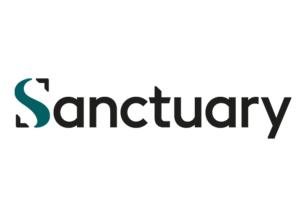One of our core values is inclusivity, and we strive to create a vibrant workplace where our employees can be themselves and feel supported with their mental and physical health. We report on our gender and ethnicity pay gap and remain committed to offering our employees opportunities for growth and training, including apprenticeships.
On these pages, we’ve outlined a range of examples and case studies to illustrate how we manage risk and how we’re structured, including details of our Group Board.

Our structure
We recognise that we have responsibilities as a large employer and purchaser of goods and services to set a good example in the way we work. As a not-for-profit organisation, we reinvest any surplus we generate back into our services, employees, and charitable activities. We’re a registered provider of social housing and we follow the National Housing Federation Code of Governance 2020. The Regulator for Social Housing conducts regular reviews of our viability and governance.
In 2022, we retained the grading of G1 and V2, reflecting both the strength of our governance arrangements and our robust plans to manage exposure to the UK housing market within our new build for sale programme.
The Regulator provides an important role to promote a viable, efficient, and well-governed social housing sector. Sanctuary has never been subject to adverse regulatory findings causing the Regulator to act.
Role of Group Board
Sanctuary has a group structure, in which Sanctuary Housing Association is the parent of several subsidiary operations. Sanctuary Housing Association, as a registered provider, is responsible for regulatory compliance.
Our Group Board comprises up to eight non-executive members, the Group Chief Executive, and two co-opted members.
They oversee all our activities, ensure compliance with our values and objectives, agree the strategic direction of the organisation; and establish and oversee a framework of delegation and systems of control.
Group Board demographics
Through our Inclusion for All strategy, we strive for representation at all levels of the organisation, including senior management.
Managing risk
To assess and manage risks, we identify the areas of our business that require specific risk appetite statements. Each of these areas implements a system to map these risks, as well as associated controls, and provide assurance that effective risk management is in place.
Each area has a statement that indicates how the appetite is applied, together with metrics that monitor and measure our approach to risk. This includes hurdles that should not be breached without Group Board approval, as well as trigger points that act as early warnings that a hurdle is being approached.


Included within the risk appetite metrics are financial measures and we call a subset of these our Golden Rules. These define the financial parameters that Sanctuary will stay within.
All of the risk appetite metrics are monitored on a monthly basis by Executive Committee, while our Group Audit and Risk Committee meets quarterly to review Sanctuary’s risk maps and monitor progress against risk mitigation measures.
We report on our risks yearly as part of our Annual Report and Financial Statements.


